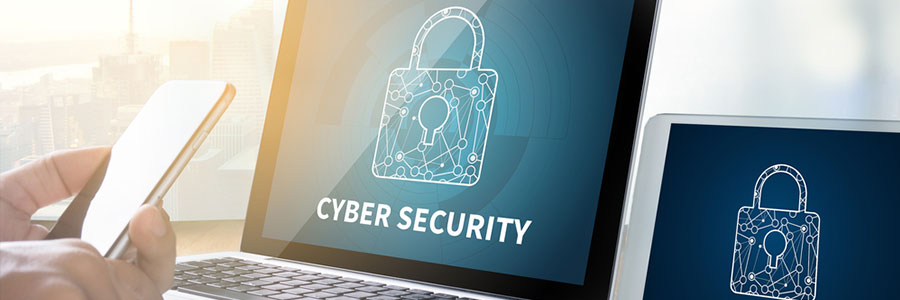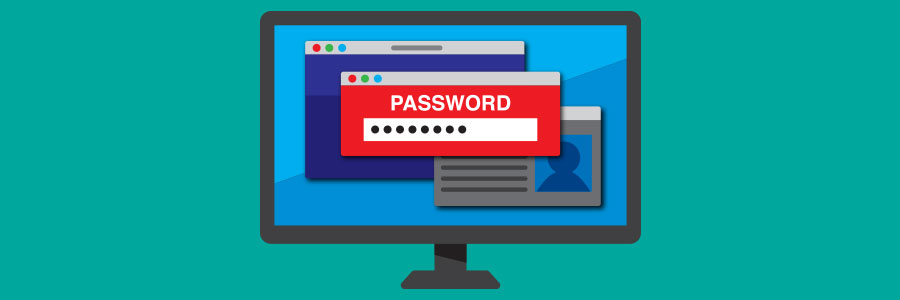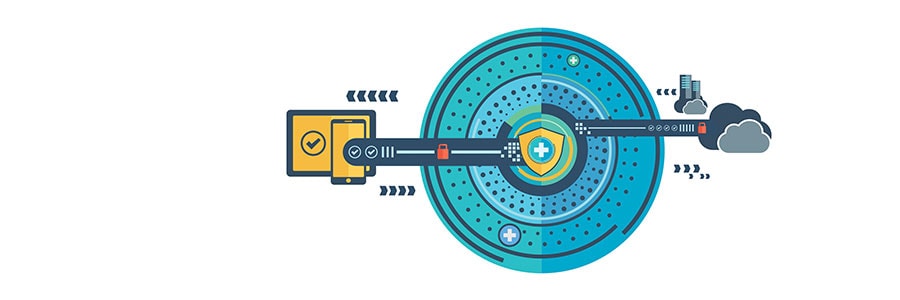Though fileless malware has been around much longer, it only became a mainstream method of cyberattack in 2017. With fileless malware, cybercriminals are able to use legitimate tools and services, such as existing software, applications, and authorized protocols, to carry out malicious activities like unauthorized data retrieval or data damage.
Understanding fileless malware
The dangers of password autofill
Why is Windows 11’s TPM requirement important?
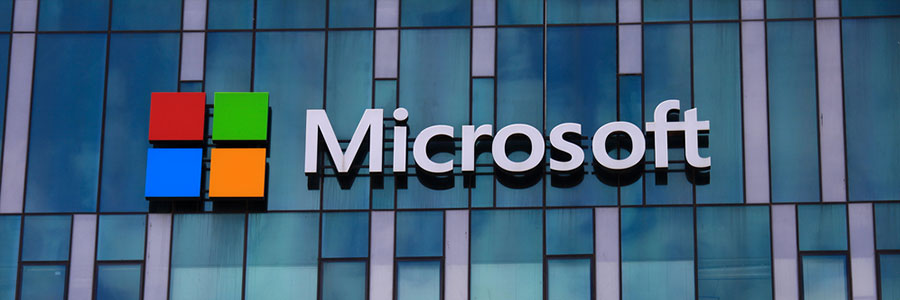
Months before Windows 11’s official release date, conversations were already focused not just on the new operating system’s (OS) new features, but also on how its hardware requirements compared to its predecessor’s. Among the points raised was the compulsory Trusted Platform Module (TPM) 2.0 chip in Windows 11-supported devices — a marked upgrade from Windows 10’s TPM 1.2 requirement.
What is MTD, and how can it improve mobile security?
Printer security tips to prevent cyberattacks against your business
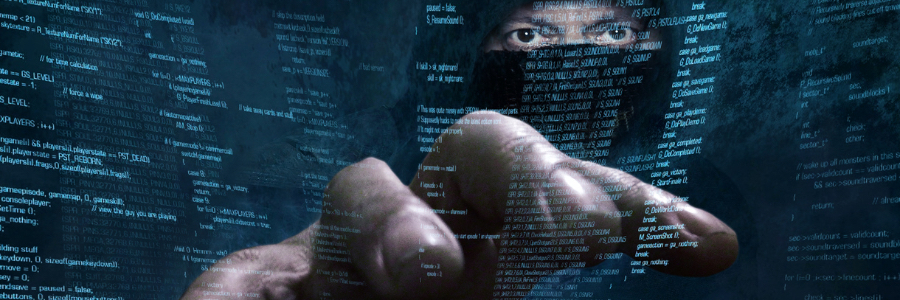
Business leaders invest a lot of time and resources into cybersecurity because they understand that protecting sensitive data is a necessity in the digital age. One business component that often gets overlooked are business printers. They are also vulnerable to cyberattacks, so make sure to follow these tips to ensure your company stays protected.
5 Signs of a VoIP system security breach

Voice over Internet Protocol (VoIP) phone systems are game-changing, allowing users to make and receive calls from virtually anywhere with an internet connection. Unfortunately, they’re not completely safe from cyberthreats. If you have a VoIP phone system, watch out for these five signs that it is being hacked.
Picking the right VPN for your business
PHI best practices that all business leaders should know

Protected health information (PHI) is a common target of cybercriminals, as the personal, medical, and financial information that comprise it can be abused for financial gain. This is why businesses that handle PHI should take every step possible to ensure that their clients’ data is always protected.
A guide to implementing proactive cybersecurity measures
Safeguard your mobile devices with these tips

Mobile devices are generally less secure than laptop and desktop computers. While there are available anti-malware applications for smartphones and tablets, they aren’t as comprehensive as those for laptops and desktops. Additionally, some mobile devices aren’t compatible with certain security applications or measures implemented by businesses.

